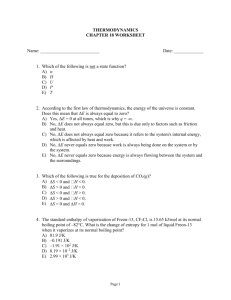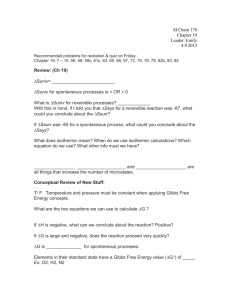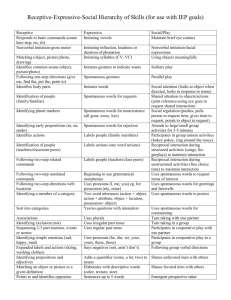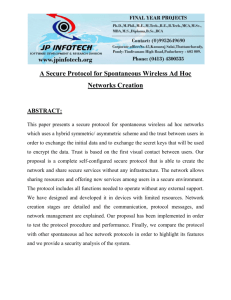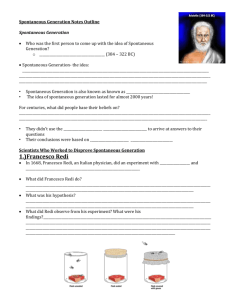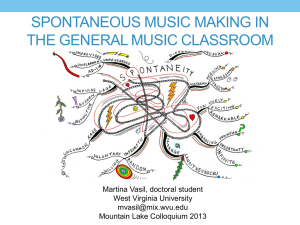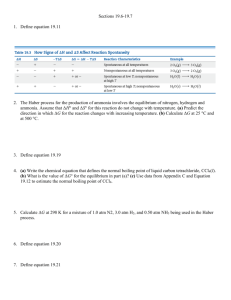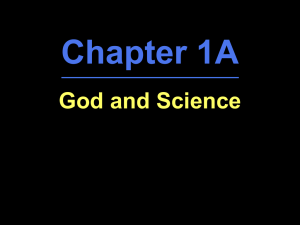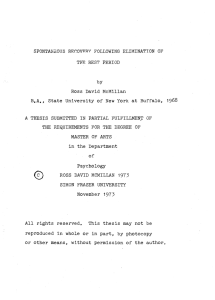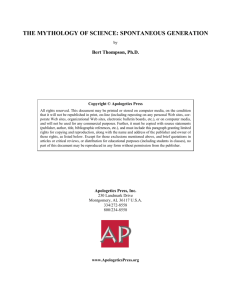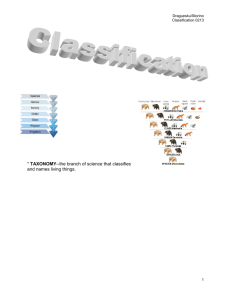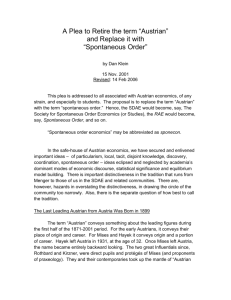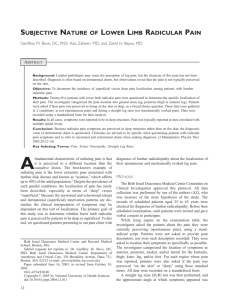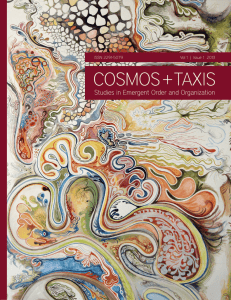Draguesku/Storino Study guide Spontaneous generation & Life
advertisement
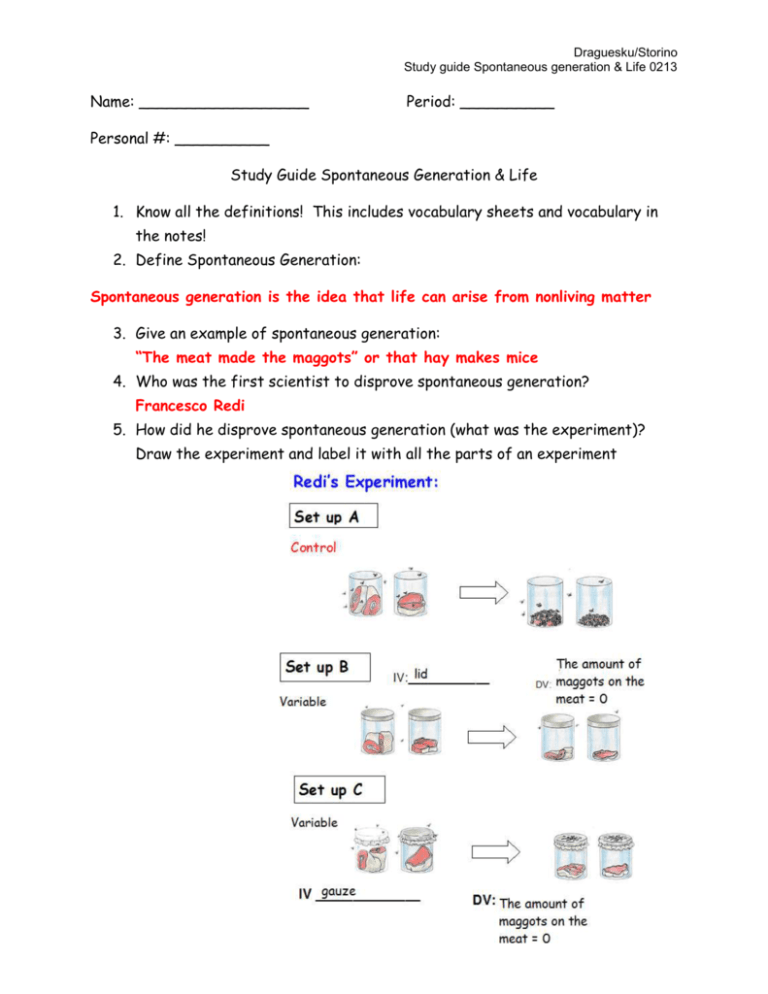
Draguesku/Storino Study guide Spontaneous generation & Life 0213 Name: __________________ Period: __________ Personal #: __________ Study Guide Spontaneous Generation & Life 1. Know all the definitions! This includes vocabulary sheets and vocabulary in the notes! 2. Define Spontaneous Generation: Spontaneous generation is the idea that life can arise from nonliving matter 3. Give an example of spontaneous generation: “The meat made the maggots” or that hay makes mice 4. Who was the first scientist to disprove spontaneous generation? Francesco Redi 5. How did he disprove spontaneous generation (what was the experiment)? Draw the experiment and label it with all the parts of an experiment Draguesku/Storino Study guide Spontaneous generation & Life 0213 6. Who is Louis Pasteur? a. The last person to disprove spontaneous generation b. The father of modern bacteriology 7. How did he disprove the theory of spontaneous generation? Draw and describe his experiment. Pasteur created a new curved neck flask to prove that micro-organisms in the air produced life, not the broth that was non living 8. List and define the Characteristics of life: Growth: to increase in size and matter Reproduction: to make more of your own kind o Asexual reproduction =1 parent, and offspring are exact copies of parents o Sexual reproduction= 2 parents , offspring resemble the parents Response: the reaction to stimuli Draguesku/Storino Study guide Spontaneous generation & Life 0213 Metabolism: All the chemical reactions/activities in an organism including taking in food and getting rid of waste 9. What are the stages of Metabolism?(define them as well as list) Ingestion: taking food in Digestion: breaking food into simpler substances Respiration: food + O2 = Energy Excretion: getting rid of waste 10. What is metabolism called in plants? Photosynthesis (the chemical reactions in plants) 11. What is Homeostasis? Give examples The ability of an organism to maintain their internal condition constant Ex: shivering, sweating & blood sugar 12. What are the 5 needs of living things? Food Oxygen Water Environment Energy 13. What is an autotroph? An autotroph is an organism that can make its own food. Producer, maker 14. What is a heterotroph? A heterotroph is an organism that cannot make its own food and must eat other organisms to get energy: Consumer, taker 15. What is the main source of energy for every living thing? The sun is the main or primary source of energy for every living thing Draguesku/Storino Study guide Spontaneous generation & Life 0213 16. What is adaptation? Give an example too. Adaptation is the trait or characteristic that helps an organism live in its environment. “How a body changes to fit a location.” EX: arctic fox, arctic rabbit 17. List and define the organization of living things from the simplest to the most complex (complicated). Cell: the basic unit of structure and function of all living things. The smallest and simplest form of life Tissue: groups of cells working together Organ: groups of tissue working together Systems: groups of organs working together Organisms: systems working together that form the individual


